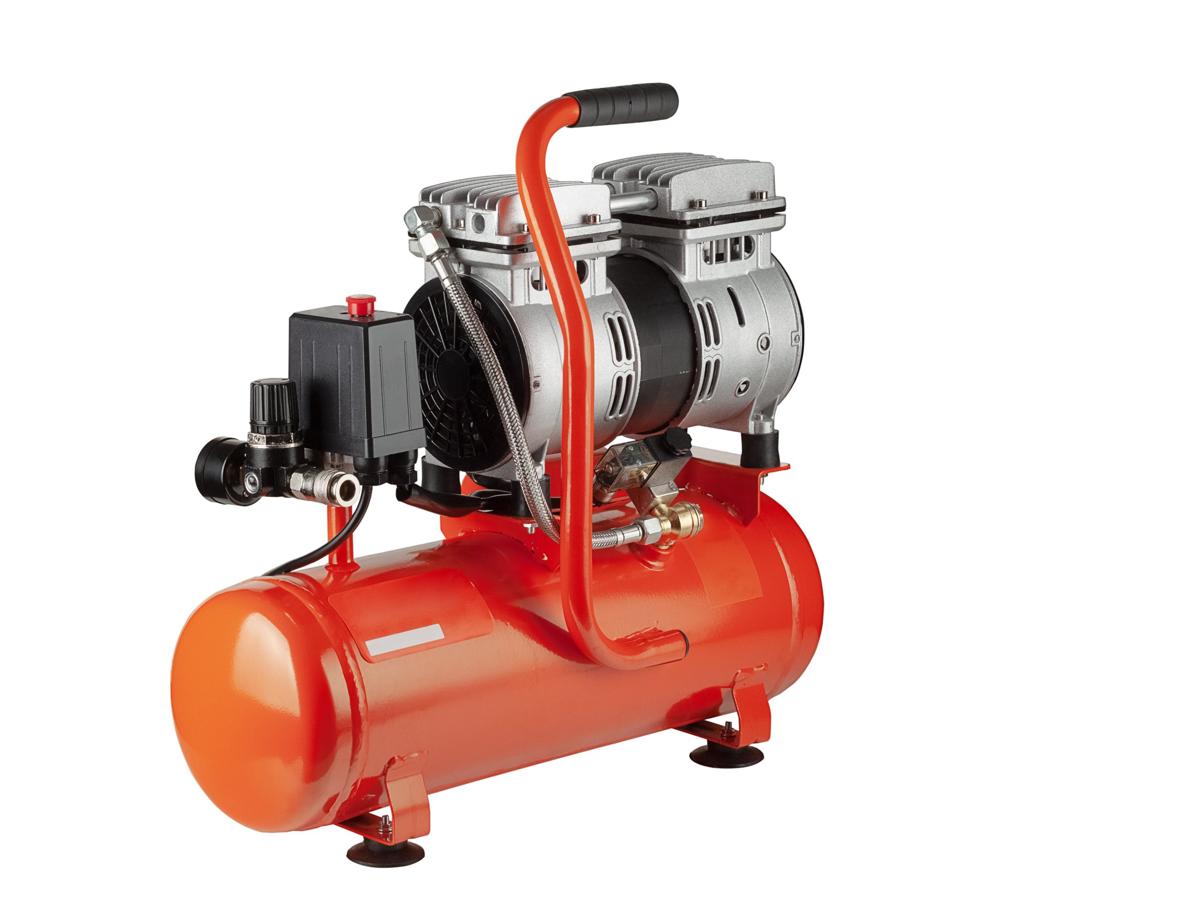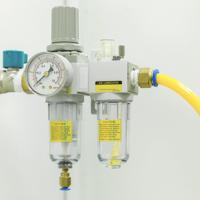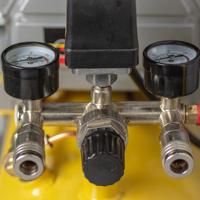Navigating the world of air compressors can seem daunting at first, yet it’s an essential journey for any pneumatic power tool user. Air compressors are versatile machines that can power everything from nail guns to spray guns. But choosing the right one requires understanding a few key concepts. Let’s delve into what you should consider when buying an air compressor.
Understanding Air Compressor Types
Air compressors come in various types, and each serves specific needs:
-
Pancake Compressors: Compact and portable, these are ideal for light-duty tasks around the home.
-
Hot Dog Compressors: With a horizontal design, they offer a balance between portability and capacity.
-
Twin Stack Compressors: Good for moderate tasks, they often have two air tanks for better air supply.
-
Wheelbarrow Compressors: Designed for mobility, they are perfect for larger jobs and often feature dual tanks.
-
Stationary Compressors: These are larger machines built for heavy-duty, industrial use.
Each type has its merits, and choosing depends on the intended application. For example, a pancake compressor might be well-suited for a hobbyist with simple projects, whereas a stationary compressor is better for a commercial workspace.
Key Specifications and Features
When evaluating air compressors, pay close attention to these specifications:
-
PSI (Pounds per Square Inch): This measures the compressor’s pressure; ensure your tool’s requirements are met.
-
CFM (Cubic Feet per Minute): This indicates air output volume; match it with your tool’s consumption for efficiency.
-
Tank Size: Larger tanks store more compressed air, reducing the need for frequent motor runs.
-
Horsepower (HP): While not the sole indicator of performance, higher horsepower generally means higher pressure and flow rates.
For reference, a standard pneumatic nail gun might require 2-3 CFM at 70-90 PSI, while a paint sprayer could require 6-8 CFM at 40 PSI. Ensure the compressor you choose can meet or exceed these needs to avoid performance issues.
Considerations for Usage and Environment
Before diving into specifications, consider the environment and frequency of use:
-
Indoor vs. Outdoor: Indoor setups may have space constraints, while outdoor use might necessitate a rugged, portable design.
-
Frequency of Use: Frequent use demands a more durable and possibly higher-capacity compressor to withstand wear and tear.
-
Noise Levels: Compressors can be loud. Look for models with quieter operations if noise is a concern, especially in residential areas.
-
Power Source: Consider if you’ll need a gas-powered model for outdoor or job site use, where electricity isn’t available, or an electric model for home use.
Example and Further Reading
Suppose you frequently perform automotive repairs in your workshop. You’d likely need a more robust stationary or wheelbarrow compressor. Popular models like those suggested by Consumer Reports can provide lasting effectiveness with the specifications tailored to such tasks.
Maintenance and Durability
Once you’ve selected your compressor, maintaining it is crucial for longevity:
-
Regularly Drain the Tank: This prevents moisture buildup, which can rust and damage the tank.
-
Check Oil Levels: For lubricated models, maintaining adequate oil levels ensures smooth operation.
-
Change Air Filters: Clean air filters improve efficiency and prevent damage by blocking dust and debris.
Also, look at warranties and support services offered by manufacturers. Brands with good support networks or comprehensive user manuals can ease ownership hassles and help troubleshoot common issues.
Final Tips for Selecting Your Compressor
Remember, the “right” air compressor is one that aligns with your specific usage needs. Here are a few last tips:
- Compile a list of your tools and their requirements.
- Consider future needs and possible expansions.
- Balance initial costs with long-term use and potential energy savings.
While research can be extensive, investing time in choosing the right air compressor pays off with seamless and frustration-free operations in your pneumatic endeavors.



